Need a reminder of what American science can accomplish? Go watch "Apollo 13"
Ron Howard's 1995 classic film, now re-released in theaters, tells an important story about what American science can accomplish
In celebration of the 30th anniversary of the film’s original release, Ron Howard’s Apollo 13 was just re-released in IMAX theaters across the country. The film tells the story of the doomed spaceflight, where astronauts Jim Lovell, Fred Haise and Jack Swigert found themselves stranded in outer space after an oxygen tank exploded in April, 1970.
Lovell, the captain of Apollo 13, passed away last month at the age of 97. News of his death broke amidst headlines that the Department of Health and Human Services plans to pull $500 million from funding of research into mRNA vaccines, the novel technology behind the COVID-19 vaccine.
So what does Apollo 13 have to do with mRNA vaccines?
Adrift somewhere between Earth and the moon with their oxygen supply leaking out into space, the Apollo 13 astronauts’ safe return home seemed improbable. But with an all-hands-on-deck response, the nation’s brightest minds at NASA worked tirelessly to develop a plan to defy the odds and bring the astronauts home safely. The story of Apollo 13 is a prime example of what science and engineering can accomplish in short time when lives are on the line.
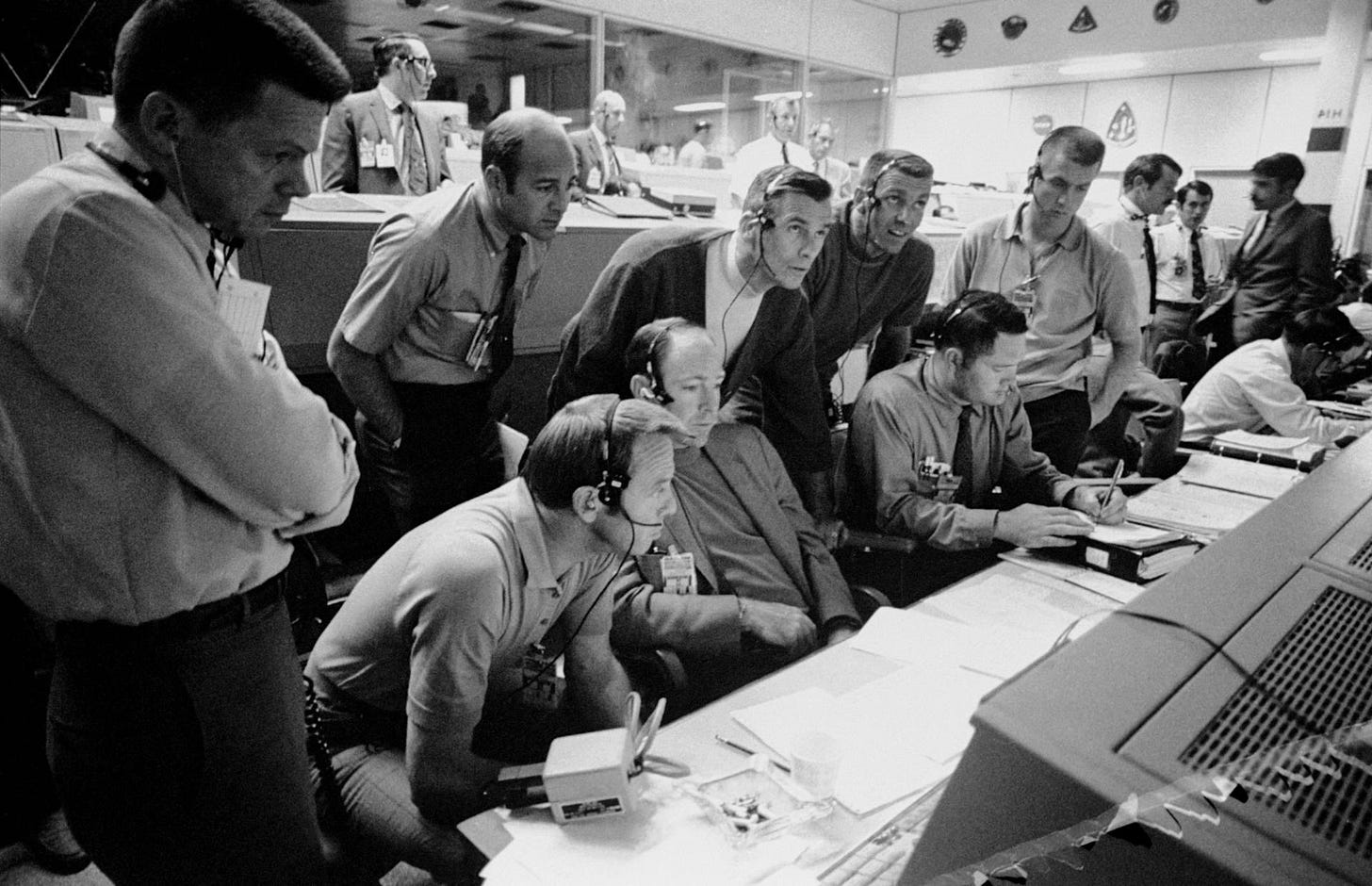
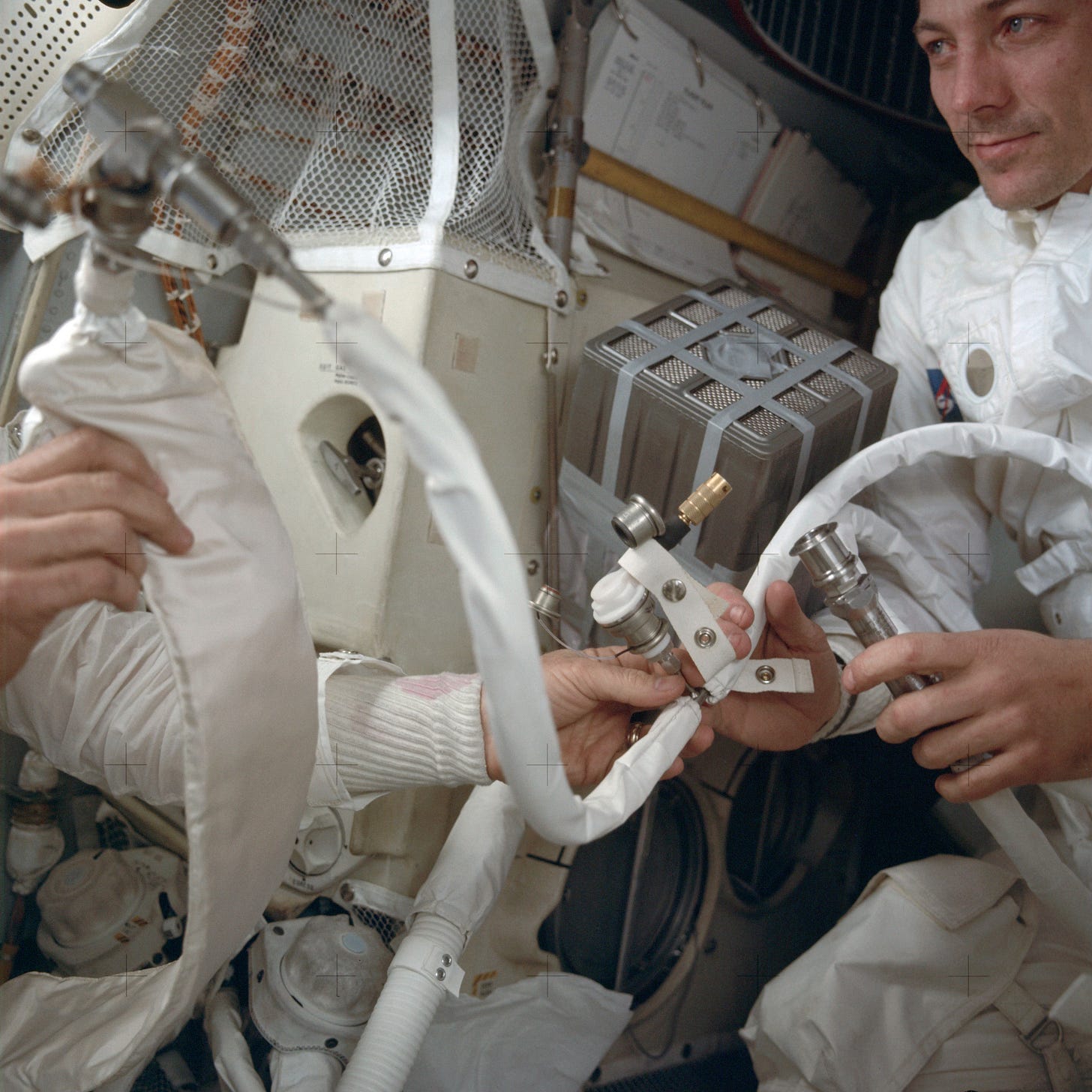
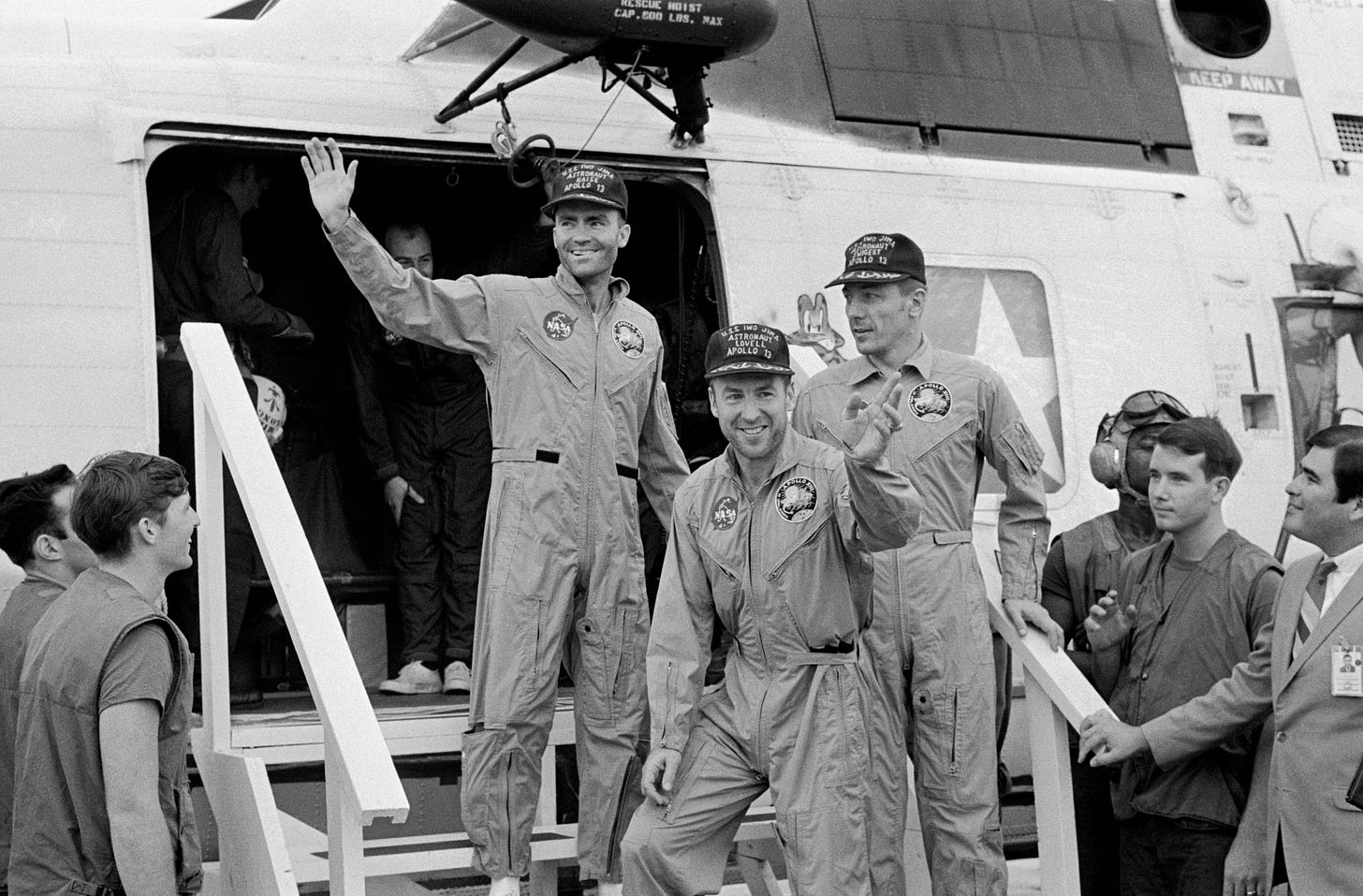
The story of mRNA vaccine technology and COVID-19 is another example. With an all-hands-on-deck response in 2020, the federal government supported some of today’s brightest minds—in the U.S. and abroad—to develop and distribute novel, highly effective mRNA vaccines to a world in crisis. This is one particularly remarkable story among many other scientific endeavors supported by the federal government that allow Americans to live longer, healthier lives.
Cutting off funding for medical research and sidelining the thousands of dedicated scientists behind it would be akin to NASA laying off its engineers, scientists, and astronauts with Lovell, Haise, and Swigert drifting through space 200,000 miles away before devising a way to bring them home. But instead of leaving the lives of three astronauts hanging in the balance, decisions to gut federal support of biomedical research—into mRNA vaccines and many other areas—imperil millions of Americans.
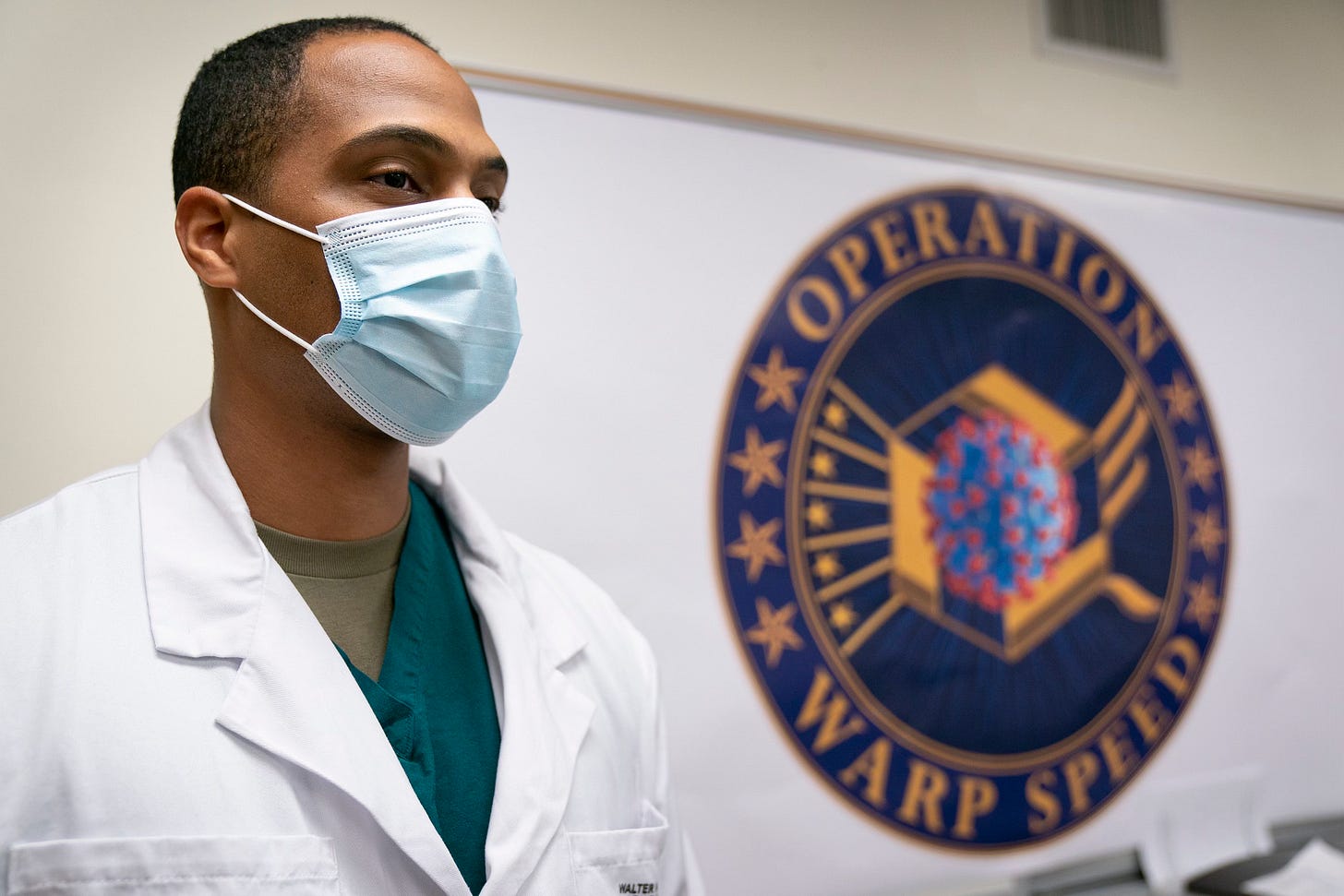
Secretary of Health and Human Services, Robert F. Kennedy, Jr. stated the reason for pulling funding for mRNA vaccine research is that “the data show these vaccines fail to protect effectively against upper respiratory infections like COVID and flu.”
Both randomized controlled trials and real-world evidence from the COVID-19 pandemic have made it clear, however, that mRNA COVID vaccines were highly effective, saving many thousands of lives here in the U.S. and millions across the globe. Meanwhile, data from clinical trials and real-world COVID mRNA vaccine safety monitoring suggest that risk of serious complication is very low and generally outweighed by the risks of COVID infection. While there is room for more careful evaluation of benefits and risks in some populations, the administration’s concerns about potential risks are often unmoored from the very studies they cite.
There are three things the data have made clear about mRNA vaccine technology:
The potential benefits to human health are very large
The risks appear to be small compared to the benefits
Maximizing benefits and minimizing risks requires more research, not less.
This means that stopping—or even pausing—research into this promising technologies like mRNA vaccines carries its own costs and risks.
There are signs that Congress understands what’s at stake here, with reports suggesting that a spending package will include funding specifically set aside for mRNA vaccines. To what degree funds will be specifically dedicated to mRNA vaccines—and to scientific endeavors more broadly—will be included in the final legislation remains to be seen.
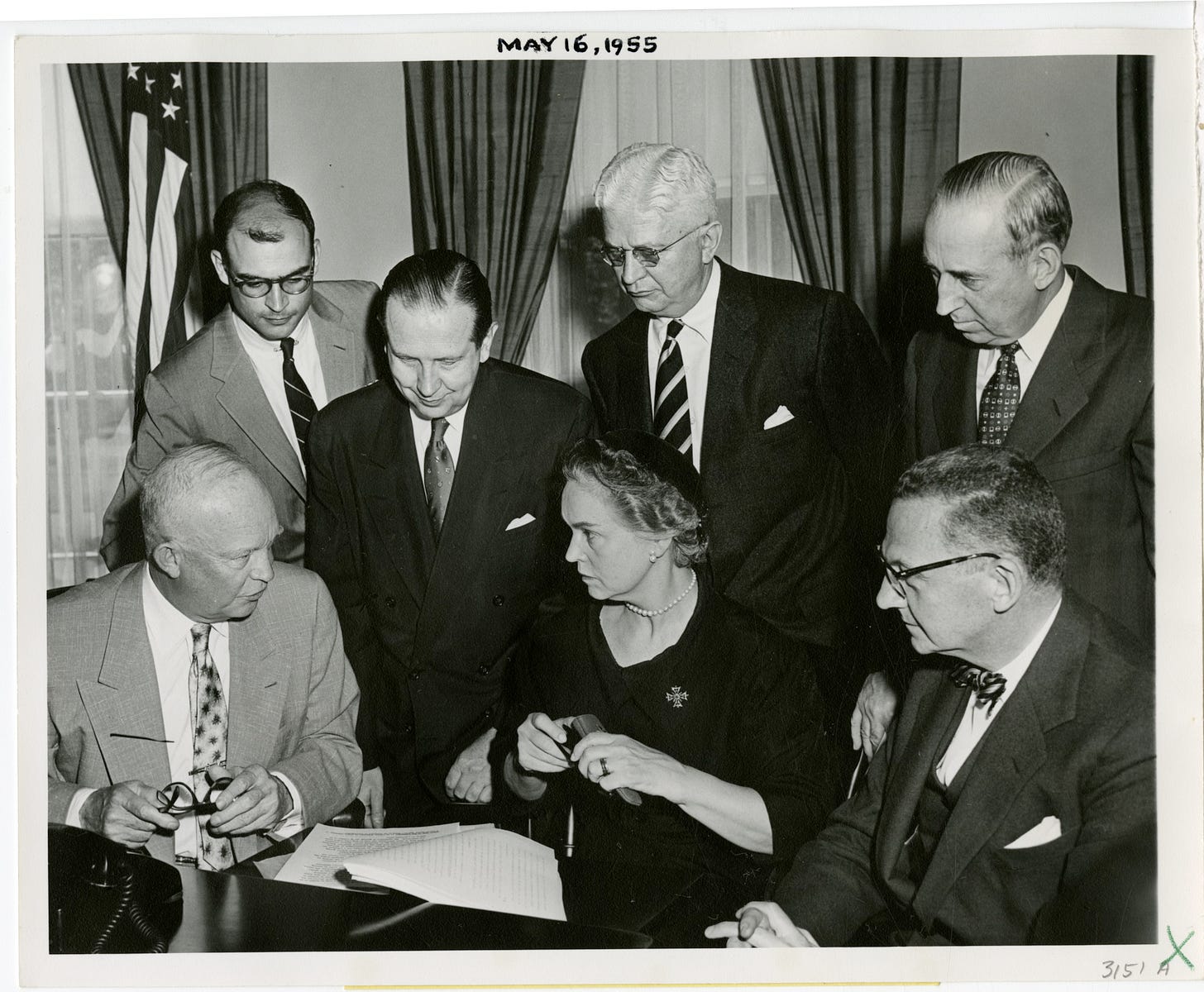
It’s hard to estimate what the exact costs, in the form of illness and death, might be from stifling research into new technologies, since measuring something that doesn’t happen can be quite challenging.
But take the example of the GLP-1 drugs, which have revolutionized treatment for obesity over the past several years. Research into these drugs was showing promise as early as the late 1980s, yet lack of investment out of reported concern that the drug could only be injected delayed its widespread availability by decades. It’s impossible to know exactly how many patients could have benefitted, but it’s not hard to imagine how life for patients with obesity could have been had the GLP-1 drugs been available ten years sooner.
Fortunately for the stranded crew of Apollo 13, thousands of NASA scientists, engineers, astronauts and others were supported to work around the clock and bring the astronauts home. NASA failed its original mission to land on the moon, but it succeeded in bringing the astronauts home alive after the explosion—earning the Apollo 13 mission the moniker “the successful failure.”
We’ve noted that in some ways, the story of COVID-19 is a “successful failure” as well, since while millions tragically died during the pandemic, the government and scientific community were successful in working tirelessly with NASA-esque ingenuity to rapidly develop and deploy a highly successful vaccine. The rescue of the Apollo 13 astronauts in 1970 and Operation Warp Speed in 2020 show us what scientific endeavors can accomplish when supported to their full potential.
They’re also examples—among many others—of what we have to lose when we don’t take advantage of our nation’s massive scientific talent.
The Apollo 13 film, now back in theaters, tells the story of the nation’s brightest minds working together to save three men stranded in outer space. We don’t know for sure, but today’s brightest minds could be set to save many more lives through federally supported research—let’s not go radio silent on them.



It really annoys me when someone says “men never landed on the Moon”
I, along with 650 million other people, watched the television as the first man stepped onto the surface of the Moon.
That historic moment was way back in 1969.
Many people contributed to the task of putting men on the Moon. Did they all deceive us? I don’t think so.
How could it have been fake? We saw the Saturn V rocket, with the three men on board, leaving the Earth, and we also saw them land in the Pacific Ocean when they returned.
The Apollo programme cost many billions of dollars, an estimated 400,000 people were involved in the project over nine years.
All that cost and effort, just for an elaborate hoax?
Make up your own mind!